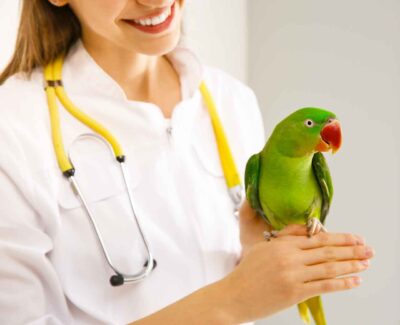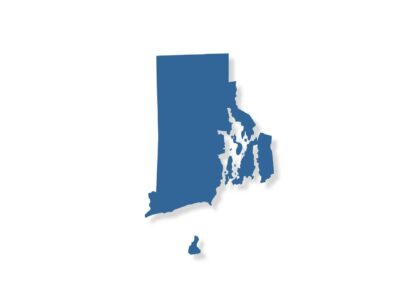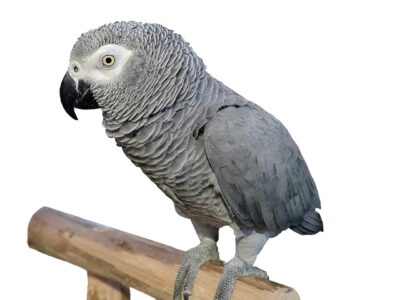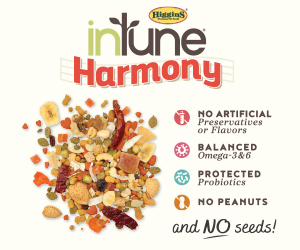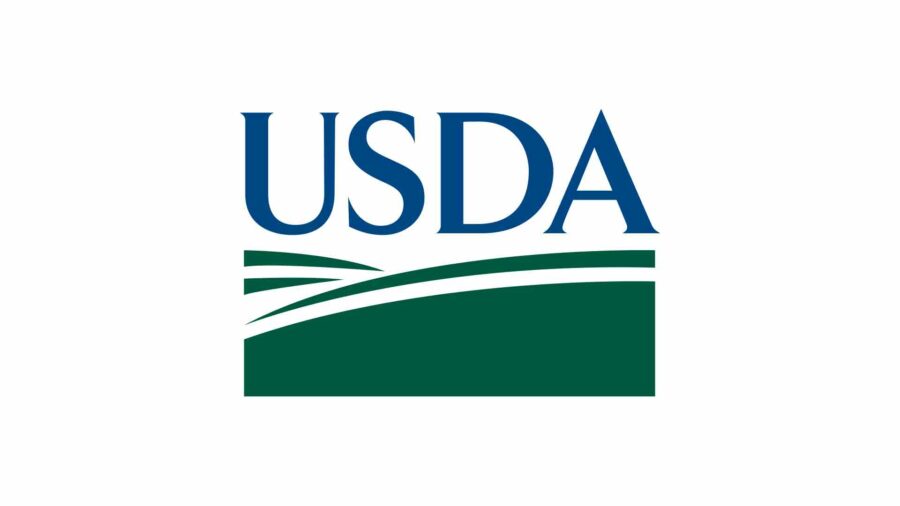
How Does the Pre-License Inspection Process Work Under the New USDA/APHIS Rules?
With a goal of ensuring the health and well-being of birds subject to the Animal Welfare Act (AWA), the U.S. Department of Agriculture’s (USDA) Animal and Plant Health Inspection Service (APHIS) issued new regulations last year imposing various requirements on bird breeders, dealers, exhibitioners, and others in the pet bird industry. New AWA licensees and registrants were required to be in compliance as of February 21, 2024—but how, exactly, does the licensing process work? Read on for an overview of the pre-license inspection process for those subject to the new USDA/APHIS rules for pet birds.
Determining If You’re Subject to the New Regulations
Many individuals and entities within the pet bird industry do not need to worry about complying with the new USDA/APHIS regulations because they are either not covered by the AWA or they fall under an exception. However, the AWA does apply to the following:
- Dealers and breeders of covered animals, including birds
- Research facilities
- Exhibitors
- Operators of auction sales; and
- Carriers/intermediate handlers
Individuals and entities who do not fall into the above categories, such as bird owners who don’t breed or exhibit their pets for money, are NOT covered by the AWA and therefore, do not need to comply with the new regulations. There are several other exceptions to the new rules, including: brick-and-mortar (not online) retail pet stores that do not ship birds; falconry and exhibitions of birds with the sole purpose of promoting the art of falconry; bird eggs; state and county fairs, livestock shows, bird fancier shows, and other exhibitions intended to advance agricultural arts and sciences; and others.
If you’re unsure whether you are subject to the new regulations, visit APHIS’ AWA Standards for Birds for more information and an interactive Licensing and Registration Assistant questionnaire.
Navigating the Pre-License Inspection Process
If you’ve determined that you are subject to the USDA/APHIS regulations and have submitted an application for USDA licensure, your assigned inspector will contact you for a pre-license call and to schedule the pre-license inspection. This call is crucial as it provides an opportunity to ask any questions you may have about the process or regulations.
For the pre-license inspection, the inspector will need access to the animals, their enclosures, food and food storage areas, buildings housing the animals, and relevant paperwork. It is encouraged, though not required, for all individuals involved in the husbandry and care of the birds, along with the attending veterinarian, to be present during the inspection.
Preparation Requirements Before the Pre-License Inspection
As you get ready for the inspection, it’s important to ensure that you have the following in place:
Veterinary Care Program
If your facility does not have a full-time veterinarian, you must have an attending vet who has approved a written program outlining the veterinary care provided at your facility.
Environmental Enrichment Plan
This is a written plan detailing how you will enrich the environment for the birds.
Contingency Plan
This written plan explains how you will handle emergencies and other unexpected events at your facility.
Acquisition Records
This refers to documentation of how the birds in your care were acquired.
Compliance and Inspection Outcomes
To receive a USDA license, you must be in full compliance with the regulations at the time of your pre-license inspection—which means that no non-compliances can be present. You’ll have three opportunities to pass the pre-license inspection within 60 days of the first inspection. After each inspection, you will receive an inspection report detailing any non-compliances and how to correct them. If you do not pass by the third inspection, you may appeal the decision.
What Do the Welfare Standards for Birds Require Under the Animal Welfare Act (AWA)?
Detailed welfare standards for birds subject to the AWA may be found in the Animal Welfare Act and Regulations, sometimes called the “blue book”—specifically, standards for birds are found in Subpart G, sections 3.150 to 3.168. Here is a brief overview of what these standards require:
Veterinary Care
One of the most important aspects of animal welfare is ensuring that your birds have appropriate veterinary care. This includes having an attending vet who makes regularly scheduled visits to your facility, providing them with the authority to ensure oversight and direction at your facility, communicating with them frequently, and observing your birds daily to determine if they need medical attention. If you do not have a full-time vet on staff, then you will need a written program of veterinary care approved by your attending vet.
Contingency Plan
You must have a written contingency plan that describes what you will do to safeguard your birds during emergencies and disasters.
Housing Facilities
Whether indoor or outdoor, these facilities must be structurally sound and in good repair, designed to protect the birds inside from injury, restrict other animals from entering that may negatively affect the birds, and securely contain all the birds.
Environmental Enhancement Plan
Having an enriched and stimulating environment for your birds is fundamental to their welfare. Therefore, you must develop, document, and follow a species-appropriate plan (approved by your attending vet) for environmental enhancement that promotes the psychological well-being of your birds.
Feeding and Nutrition
This requires the birds’ diets to be appropriate for their species, size, age, and health condition, with food that is wholesome, palatable to the birds, and free of contamination. Birds must be fed at least once a day, with exceptions allowed for normal fasts if directed by the attending vet or for other professionally accepted practices. For water requirements, the water must be potable and safe to drink. If potable water is not continually available to the birds, it must be offered as often as necessary to ensure their health and well-being.
Hygiene and Sanitation
This involves cleaning and sanitizing all surfaces that come into contact with the birds, including food and water receptacles and the area around and under the primary enclosures. While the USDA does not require a specific frequency, method, or product for cleaning, it must prevent the build-up of dirt, debris, food waste, and droppings in order to reduce disease hazards, insects, pests, and odors.
Recordkeeping
For breeders and exhibitors, all birds, including hatchlings, must have records that include where the birds came from and where they went. The records must include information such as the name and address of the person from whom the animals were acquired, their USDA license or registration number, the date you got the birds or the date they left your property or died, the birds’ species, and the number of animals in the shipment.
Transportation
Sections 3.161 through 3.168 of Subpart G detail transportation standards for birds, including primary enclosures, food and water, care and handling, and the necessary precautions for environmental conditions during travel.
For those subject to the new USDA/APHIS regulations, it’s crucial to review the various requirements outlined in the Animal Welfare Act and Regulations prior to the pre-license inspection. For a detailed discussion of these requirements, APHIS provides a transcript from a presentation by Dr. Cody Yager, the Avian Field Specialist in APHIS Animal Care. For the full text of the regulations, view the document at the Federal Register.
